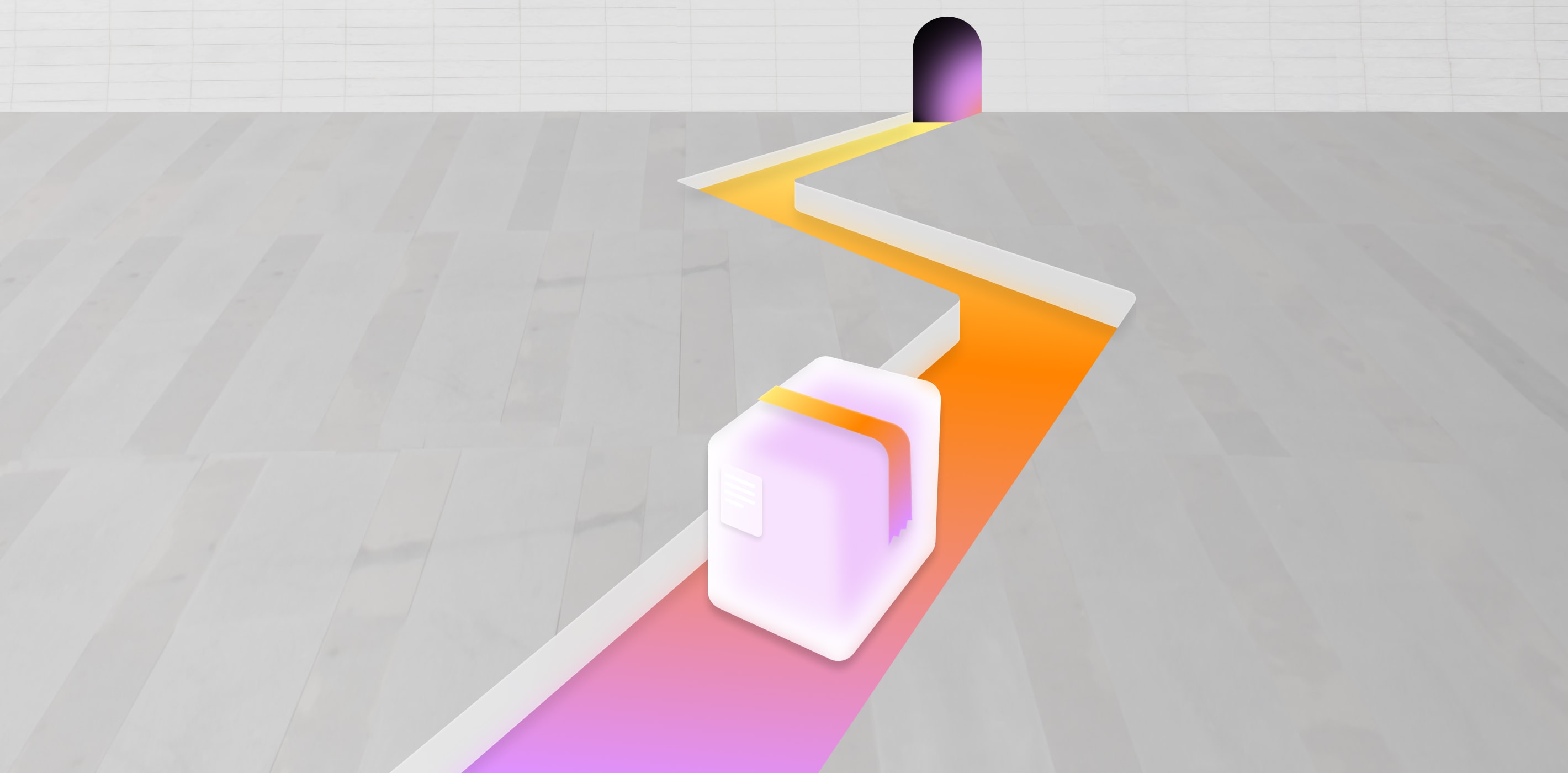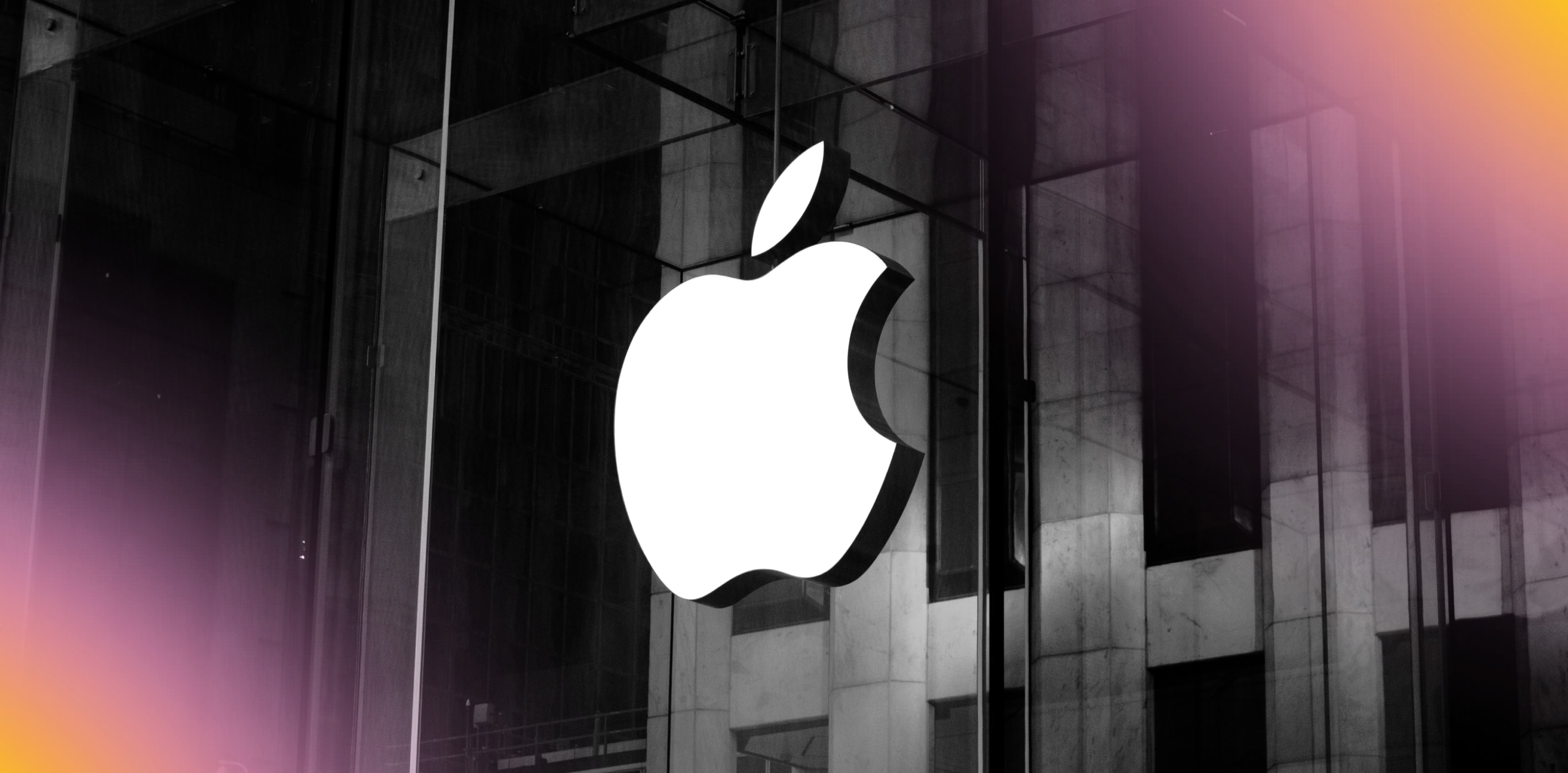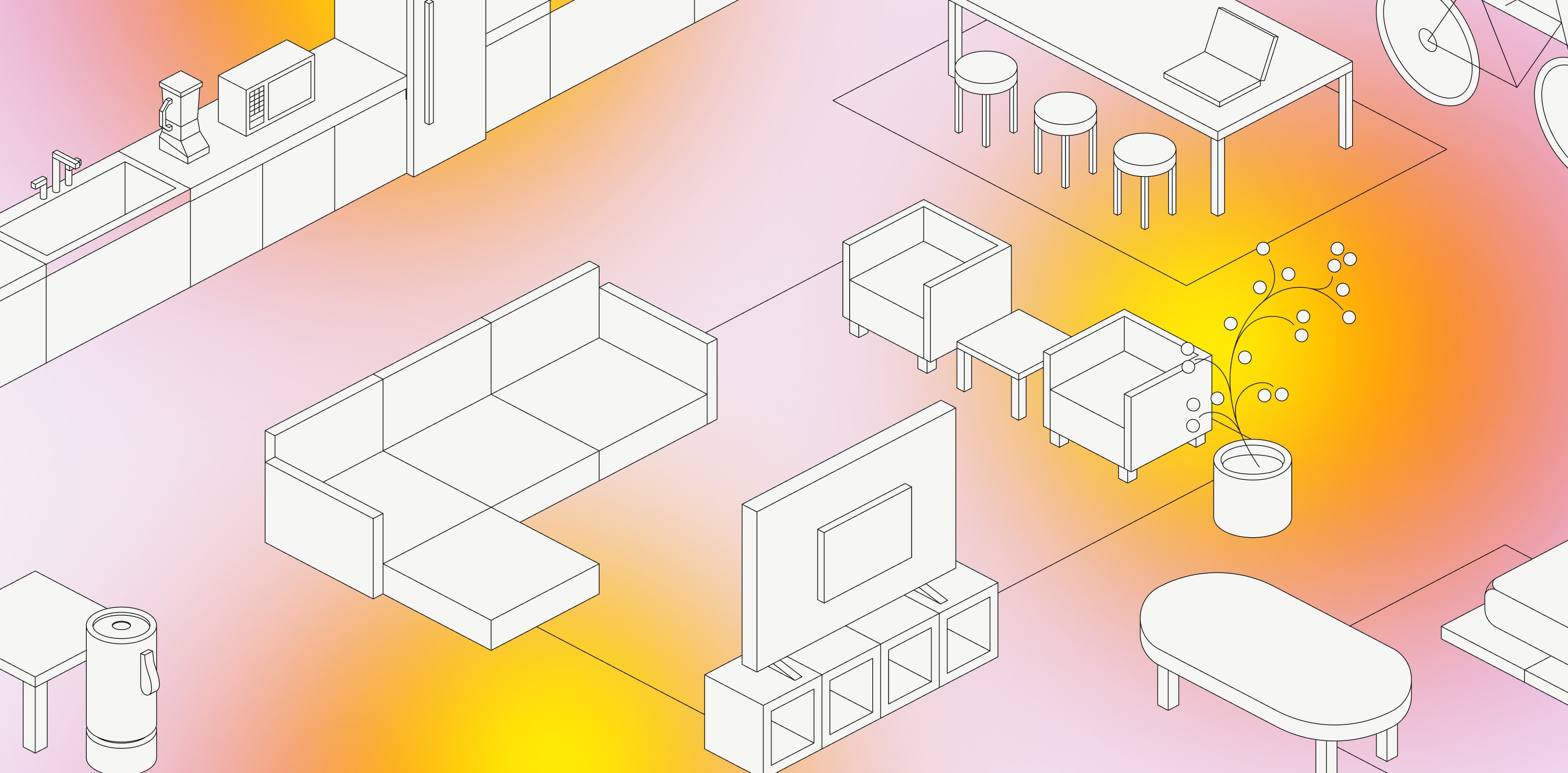Product protection is good for everyone. It’s good for the buyer of your couch or kitchen appliance or phone or dog-walking robot (does this exist? If not, we’re calling dibs) or other product, who doesn’t have to worry about something going wrong. And it’s good for the seller, especially if you offer it through Clyde and can benefit from building expanded customer trust in your offerings and shoring up your commitment to excellent customer service, all without having to invest your own time into running a high-quality claims process.
Talking to your customers about product protection doesn’t have to be complicated. Here’s what we suggest.
What is product protection?
First off, let’s make sure we’re all on the same page with what we’re talking about. Product protection is sometimes called an extended warranty, because it goes beyond a manufacturer’s—or limited— warranty (which typically provides repair or replacement services for one year) and gives consumers the option to invest in a service contract that will cover them for longer periods of time, and often includes accident protection. Learn more about the ins and outs of warranties and product protection here .
Offering product protection doesn’t mean that you’re telling consumers you think the product you’re selling will break on them. It means that you’re reassuring them that if it does—or if life gets in the way with accidents and issues—they’ll be covered.
AppleCare, for example, is a form of product protection. If you were buying a new iPhone and wanted to make sure you were covered if you dropped it, had a software issue, or had it stolen, buying an AppleCare plan would give you that peace of mind. If and when you had an issue, they’d take care of it for you.
What do customers currently understand about product protection?
Research shows that when we imagine customers’ lived experiences, we come up with more creative, original, and functional ideas to serve them or connect with them; that holds true for marketing , too.
So to talk to customers about the value of product protection, you need to start by imagining their point of view.
When it comes to extended warranties and product protection, customers generally understand them as ways to get “peace of mind and freedom from financial outlays if their purchase needs repairs,” per research done by Towson University . That means that to connect with customers, you need to lead with a message about the ease of navigating repair or replacement with an extended warranty. Clyde makes that easy by providing your customers with a claims process that takes less than one minute to process, auto-resolutions for most situations, and easy-to-understand contracts.
Since many customers’ understanding of product protection is centered around breaks or repairs, they may not realize that product protection can cover replacement, too, including in the case of an accident. It may be worth highlighting the protection options your company offers and all the ways in which it could come in handy.
Other research done by the University of Maryland, Rice University, and Carnegie Mellon University found that customers are more likely to buy extended warranties when they feel like the purchase is one that’s fun or hedonistic versus utilitarian. Make sure you frame your product as one that will make their life more enjoyable.
Let’s go back to the iPhone example. Even though a phone is pretty much the most utilitarian tool on the planet—you need it to check emails, make calls, and get work done—all of Apple’s marketing is centered around showcasing the iPhone as a hub of creativity and leisure. When’s the last time you saw a spreadsheet app as part of an iPhone ad? Never, because those ads focus on more enjoyable parts of life: listening to music, playing games, shooting short films, and connecting with friends and family.
Communication best practices to highlight why product protection works
Even though talking to customers about product production is good for both customers, who get greater peace of mind upon purchase, and for sellers, with the better sales results it can bring, having that conversation isn’t always easy. The terminology around warranties can get complicated.
Leaning on psychological research that explains ways of thinking can help you connect with your customers with messages that meet their mark. For instance, try using:
The consensus effect , where you can share information on how many people buy product protection to make customers feel part of a community
The loss aversion effect , where you can highlight what having product protection actually protects customers from, like losing the money they spent on the product if something goes wrong or they break it
The authority bias , where you can highlight that informed, savvy, and educated shoppers tend to be the ones most likely to buy protection plans, as explained in this white paper
Even if that research influences your communication strategy, make sure the language you use in that communication is honest and clear.
Don’t bog readers down with complicated legalese or overly sales-y messaging. Use a clear, friendly tone.
Keep your writing skimmable with shorter sentences, spacing between paragraphs, and headings and subheadings that break up the text.
Use examples to answer common customer questions. Show them what it would actually look like to file a claim, for instance, or share case studies of customer claims successfully processed.
Overall, remember to meet your customers where they are
Product protection doesn’t have to be complicated. When talking to your customers about their options, be straightforward and clear. Explain what limited or manufacturer warranties cover and how extended warranty or accident protection plans can fill in the gaps. Give them all the information they need to make the decision that’s right for them.
Don’t be too pushy and don’t bog down their purchase journey with extra screens and forms to fill out. Instead, use a provider that integrates automatically, like Clyde, and let us take it from there .
SIGN UP FOR OUR NEWSLETTER




















